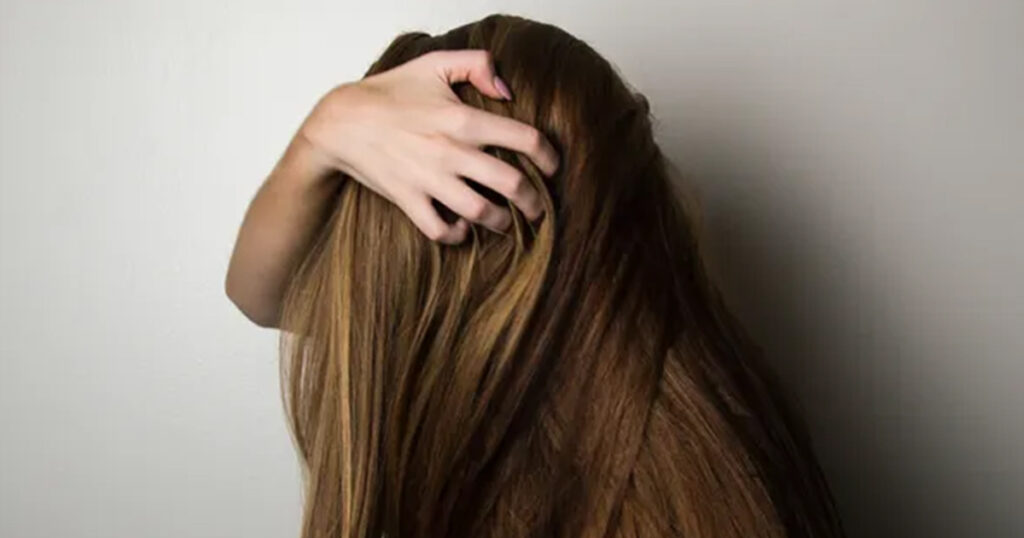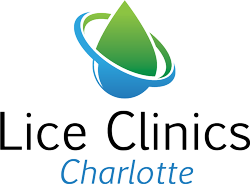How Long Do Lice Live

Despite their small size, head lice cause problems for people all over the globe. Even if you’ve never had head lice, you probably know someone that has. The CDC estimates that there are somewhere between 6 and 12 million cases of lice each year among citizens ages 3-11 here in the United States alone. If you or a family member is facing a case of head lice, don’t wait to seek treatment! Putting off treatment will only worsen the problem, and it gives the lice a chance to spread to others. As head lice mature, they develop in three main stages. Below is everything you need to know about the head lice life cycle and how long lice live.
The Head Lice Life Cycle
The life of a louse occurs in three stages; the egg, the nymph, and the louse. Once a louse has laid an egg, it takes 6-7 days before hatching. After that period a baby louse, or nymph, will emerge from the egg and begin looking for a food source. The first molt will occur two days after hatching, the second after 5 days, and the final molt occurs 10 days after hatching. Once the louse has emerged from its third and final molt, it will begin to reproduce. Females lay their eggs two days after mating and can produce 3-8 eggs a day for the next 16 days, for a staggering potential of 128 lice eggs. After this, the louse dies, living between 32 and 35 days after hatching.
Eggs –
Lice eggs are called nits. Less than one milliliter in size, these tiny eggs appear yellow, brown, or tan. Before the eggs hatch, they are darker in color but get lighter once the nymph has emerged from the shell. Female lice attach their eggs to individual hair shafts about one centimeter from the scalp. The eggs are firmly attached to the hairs to prevent them from falling out or washing off. Lice eggs use the heat from the scalp to incubate, so if one falls off, it is unlikely to survive.
Nymphs –
Head lice larvae look like shrunken versions of their adult counterparts. About one millimeter in size, these baby parasites crawl onto the scalp and begin feeding on blood daily. Before the nymph can become a fully-fledged louse, it must undergo several molts.
- The first molt occurs 2 days after hatching
- The second molt occurs 5 days after hatching
- The final molt occurs 10 days after hatching.
Adults-
After the third molt the louse has finally reached maturity. Now a shade darker, adult lice appear brown and tan and are 2-3 millimeters in size. The female lice are slightly larger and can lay up to 8. Female lice only need to mate once because they can store the sperm in their bodies. Blood Meals are essential for adult lice, and they need multiple meals a day to stay alive.
How long do lice live off the head?
Head lice have evolved and adapted to live in the specific conditions provided by human hair. Lice need the warm feeling from the scalp to help regulate their temperature, as well as incubate their eggs. If a nit falls out of the hair, the chances of that nit surviving into adulthood are next to 0%. Fully matured head lice do not fare well outside the hair either. Though an adult louse is likely to survive for a few minutes at least, the lack of a food source and the inability to regulate temperature properly makes it almost impossible for lice to survive more than a few hours on their own.
How Do They Spread
Despite being one of the world’s more famous parasites, there are a lot of misconceptions about them. Because of their ability to travel from head to head, many people suspect that head lice can jump or fly. Thankfully, this is not the case. The only way for lice to spread is by crawling around on their six legs. Though many bugs are capable of jumping, lice are not among them. Head lice have adapted to live exclusively in human hair, so if they fall out of it, they do not have long to find a new home before they die. Due to their inability to live outside of human hair, traveling by indirect methods, such as hat sharing. This also means that head lice cannot hide on furniture or hair brushes for more than a few hours. Pillow sharing, group photos, and hugs are a few of the ways that lice can get the direct contact that they need to spread.
Head Lice Prevention
The best way to prevent head lice is through proactivity. Doing regular lice checks at home and encouraging them in schools can be a great way to catch a case of lice before it has a chance to spread. Head lice are much more common among children in grade school, so it is important that your children know how to identify them. Keeping your hair up and out of the way is another easy way to lower your risk of getting lice. Putting your hair up in a bun or pulled back into a braid or ponytail keeps hair out of the way and reduces your chances of tangling hairs with the wrong person.
Find Lice Removal in Charlotte NC
If you think you have spotted a nit or louse, don’t panic! Here at Lice Clinics in Charlotte, we can have you lice and nit free after just one appointment. Our signature AirTral device uses heat to get rid of lice in one hour. Our trained technicians are experts at getting rid of lice without the use of dangerous chemical treatments, and we guarantee a lice-free scalp after just one session. Head lice can be difficult to deal with on your own, but we are here to ease the process. If you or someone you know is dealing with lice, click the link at the top of the page to request an appointment without lice professionals in Charlotte today!
